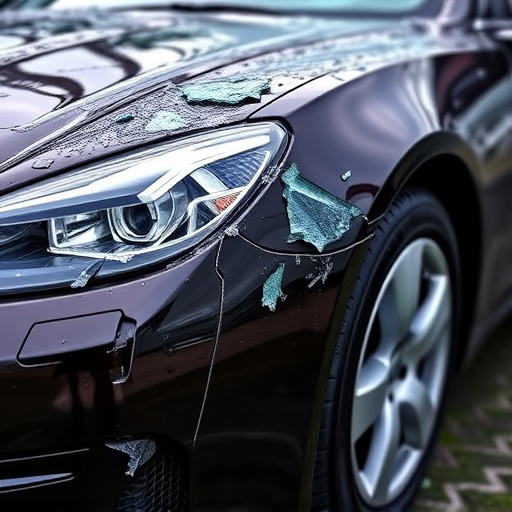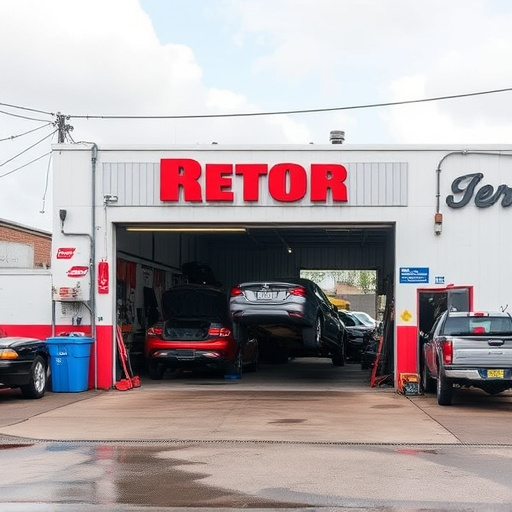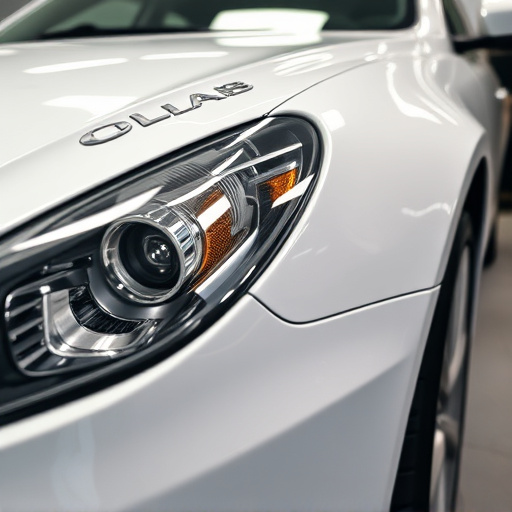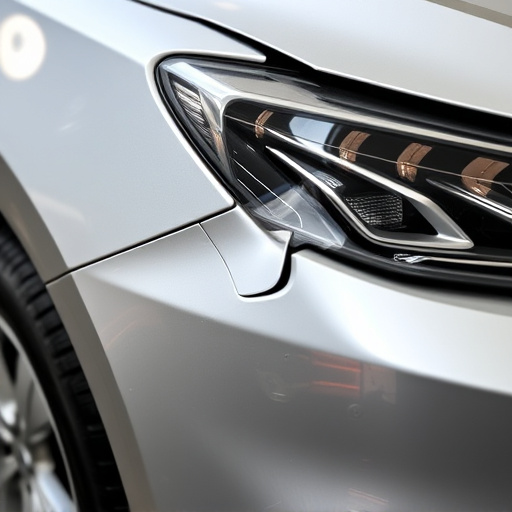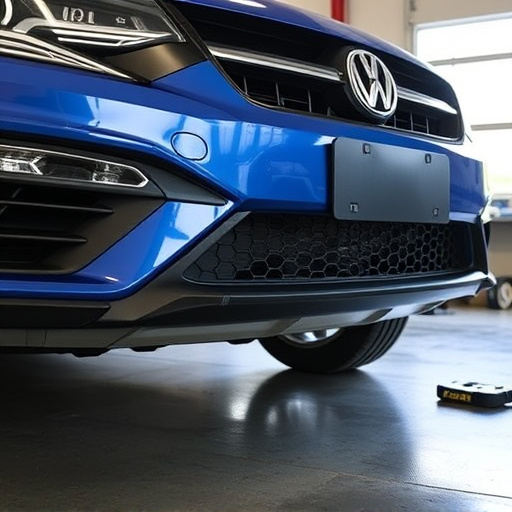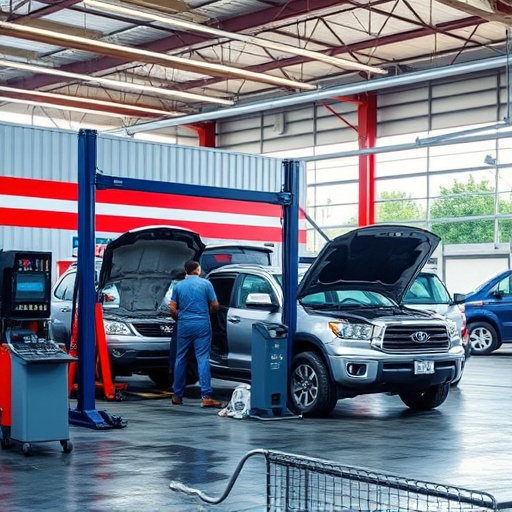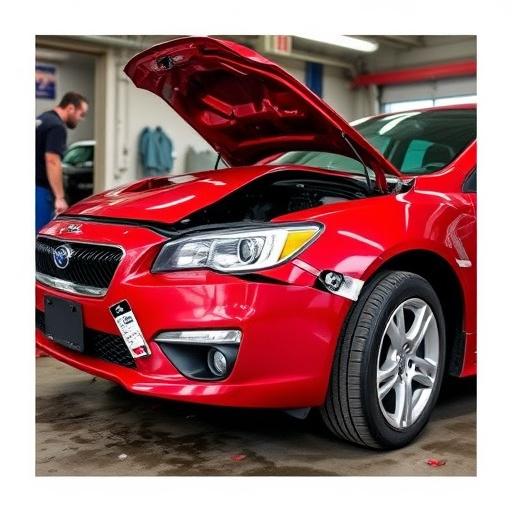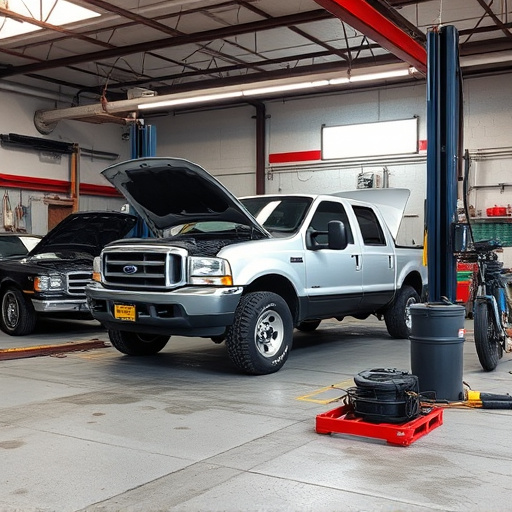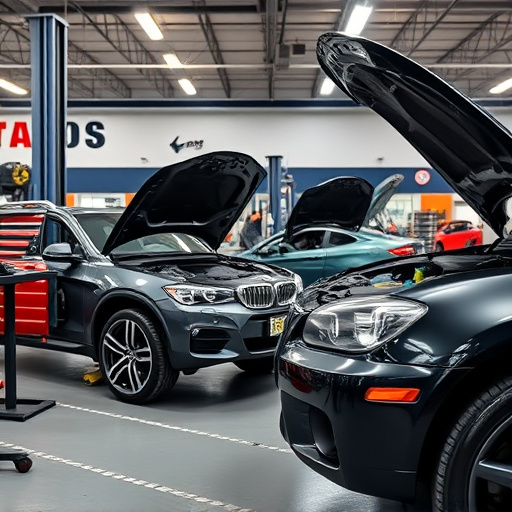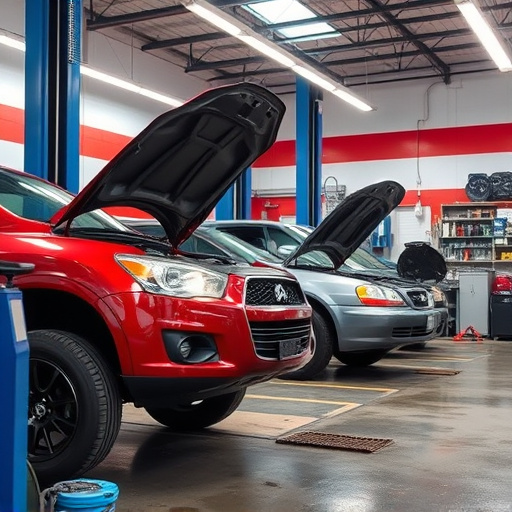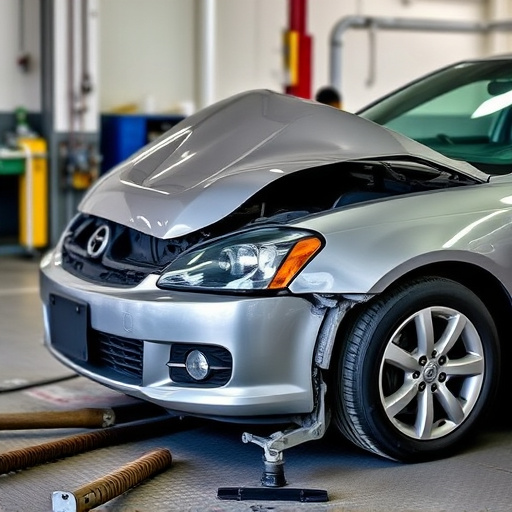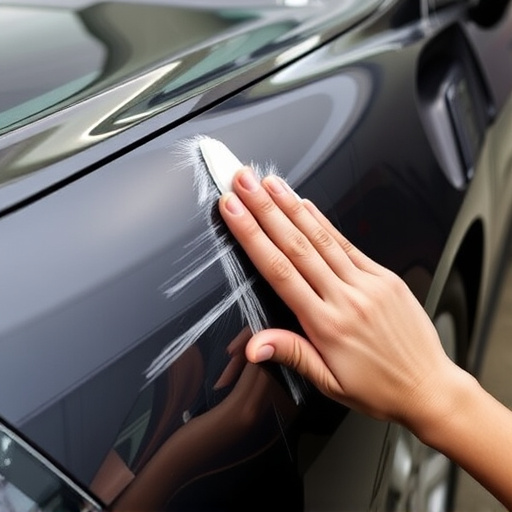After a car accident, thorough AC system collision repair is essential for safety, performance, and driver comfort. Even seemingly undamaged exteriors can conceal internal damage to components like evaporator coils and ducts. Professional body shops conduct meticulous inspections, address structural damage, and ensure optimal AC system performance through comprehensive repairs, preventing environmental hazards, electrical faults, and post-repair issues. Regular maintenance, including cleaning coils and checking refrigerant levels, further extends the lifespan of your AC system. For high-quality repairs, especially for premium vehicles like Mercedes-Benz, consulting specialists using Original Equipment Manufacturer (OEM) parts is recommended.
After a car accident, your safety isn’t the only concern. The AC system, often overlooked in collision repairs, deserves equal attention. This guide delves into the crucial steps of assessing and maintaining your air conditioning system post-crash. Understanding common issues and following recommended repair and maintenance practices ensures not only optimal cooling performance but also your comfort and peace of mind during future rides. Let’s explore how to navigate AC system collision repair efficiently.
- Assessing the AC System After a Car Collision
- Safety Checks and Common Issues Following Accident Damage
- Repair and Maintenance Recommendations for Optimal Air Conditioning Performance
Assessing the AC System After a Car Collision

After a car accident, assessing the AC system is a crucial step in collision repair. The impact of a collision can cause hidden damage to components within the vehicle’s cabin, including the AC system. Even if the exterior may appear intact, internal parts could be compromised. A professional vehicle body shop will carefully inspect the AC unit, evaporator coils, and ducts for signs of wear or tear. They’ll also check for any leaks that might indicate a breach in the system’s integrity.
During this process, auto frame repair experts will consider not only structural damage but also potential issues with alignment that could affect air flow. Once identified, these problems can be addressed alongside auto detailing to ensure not just safety but also optimal comfort and performance of the AC system post-repair.
Safety Checks and Common Issues Following Accident Damage

After a car accident, the AC system, along with the rest of the vehicle’s components, may have sustained damage. Conducting thorough safety checks is essential for several reasons. Firstly, many auto collision centers recommend this as part of the collision repair process to ensure the structural integrity of the vehicle and prevent further issues post-repair. Secondly, identifying potential problems early on can save time and money in the long run, preventing more severe complications that could arise if left unattended.
Common issues found during AC system collision repair include leaks, compromised refrigerant levels, damaged or bent components, and electrical faults. Leaks are a frequent concern, as they can not only indicate damage to the AC hoses but also pose environmental hazards if the refrigerants escape. Damaged condensers, evaporators, or fan motors may require replacement, while electrical issues could be related to power windows, fans, or sensors, all of which need meticulous attention during the repair process. An automotive body shop’s expertise ensures that these safety checks are conducted efficiently, minimizing risks and restoring your vehicle’s comfort and reliability.
Repair and Maintenance Recommendations for Optimal Air Conditioning Performance

After a car accident, especially if it has damaged the vehicle’s AC system, proper collision repair and subsequent maintenance are crucial for optimal air conditioning performance. The first step in the process is to thoroughly inspect the AC components, which might include the compressor, condenser, evaporator coils, and hoses. Any damage or leakage should be addressed immediately to prevent further complications.
For a Mercedes-Benz repair or any high-quality auto body repair, it’s recommended to seek professionals who specialize in AC system collision repair. They will ensure that all parts are replaced with genuine OEM (Original Equipment Manufacturer) components to maintain the vehicle’s efficiency and safety standards. Regular maintenance, such as cleaning the evaporator coils and checking the refrigerant levels, can also help extend the life of your AC system, ensuring it provides cool comfort for many years to come.
After a car accident, properly assessing and maintaining your AC system is crucial for both safety and optimal performance. By conducting regular safety checks and addressing common issues early on, you can ensure a comfortable driving environment while avoiding potential hazards associated with damaged or malfunctioning air conditioning systems. Remember, proper collision repair and post-accident maintenance are key to keeping your vehicle’s AC system running smoothly.

